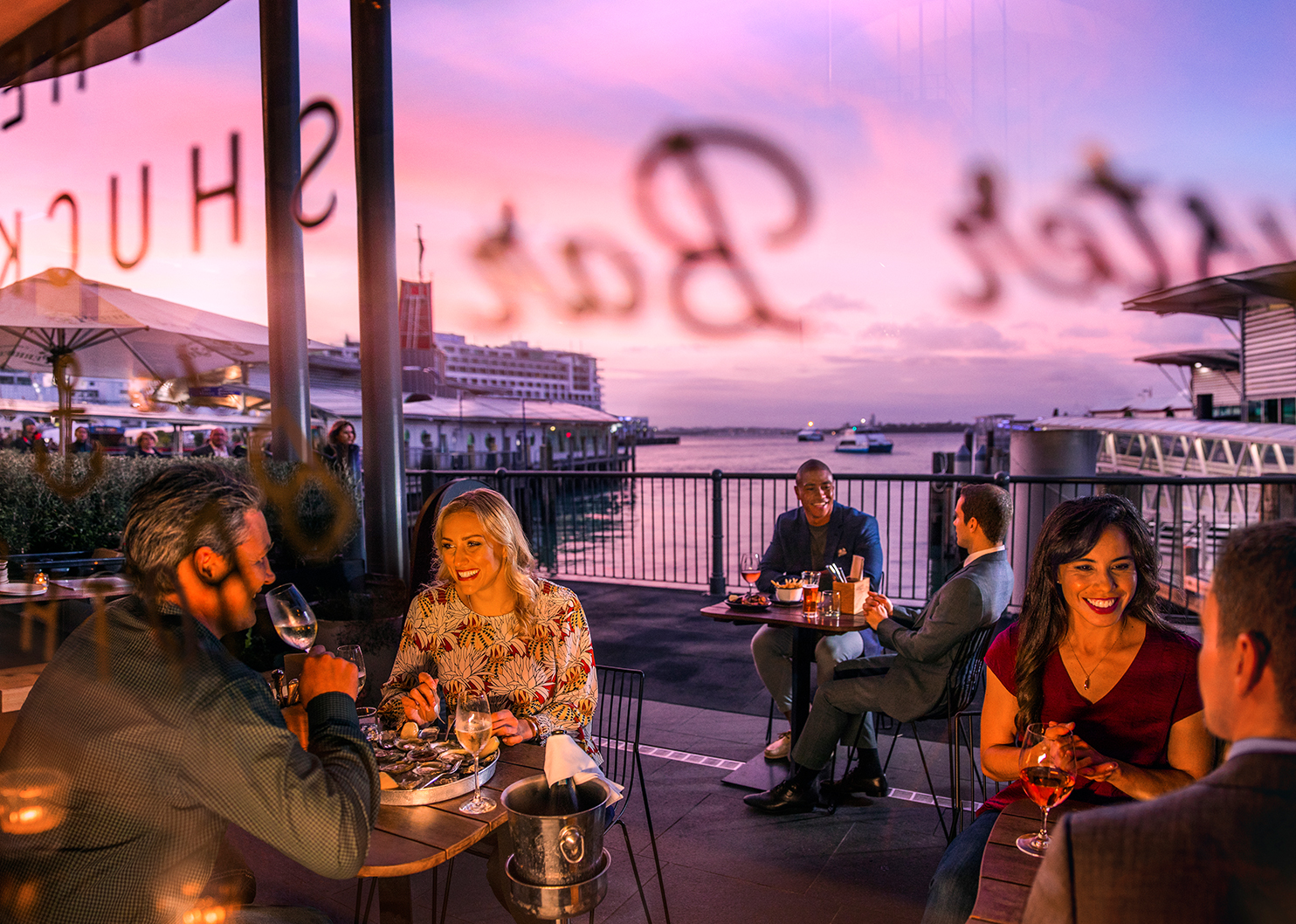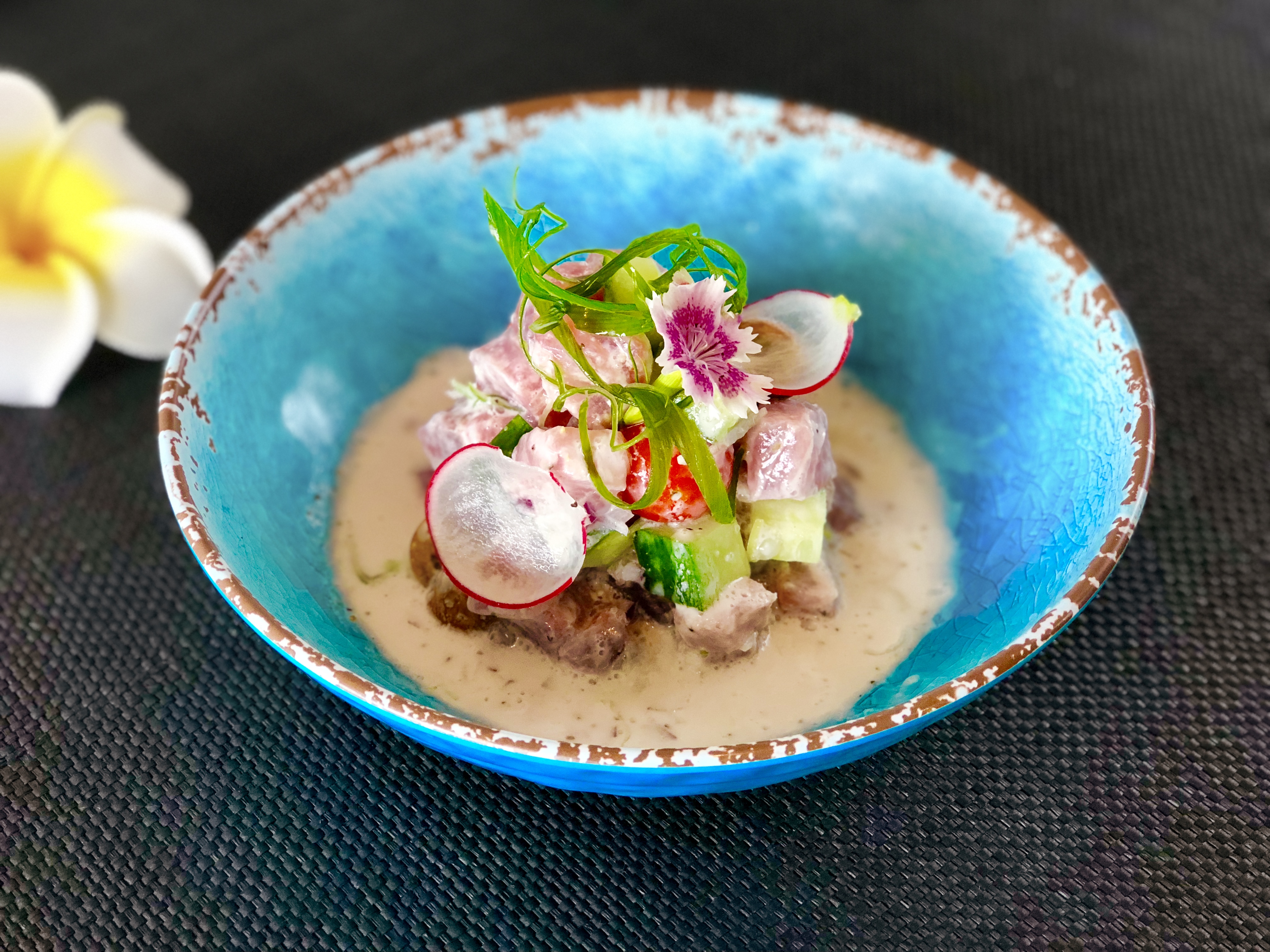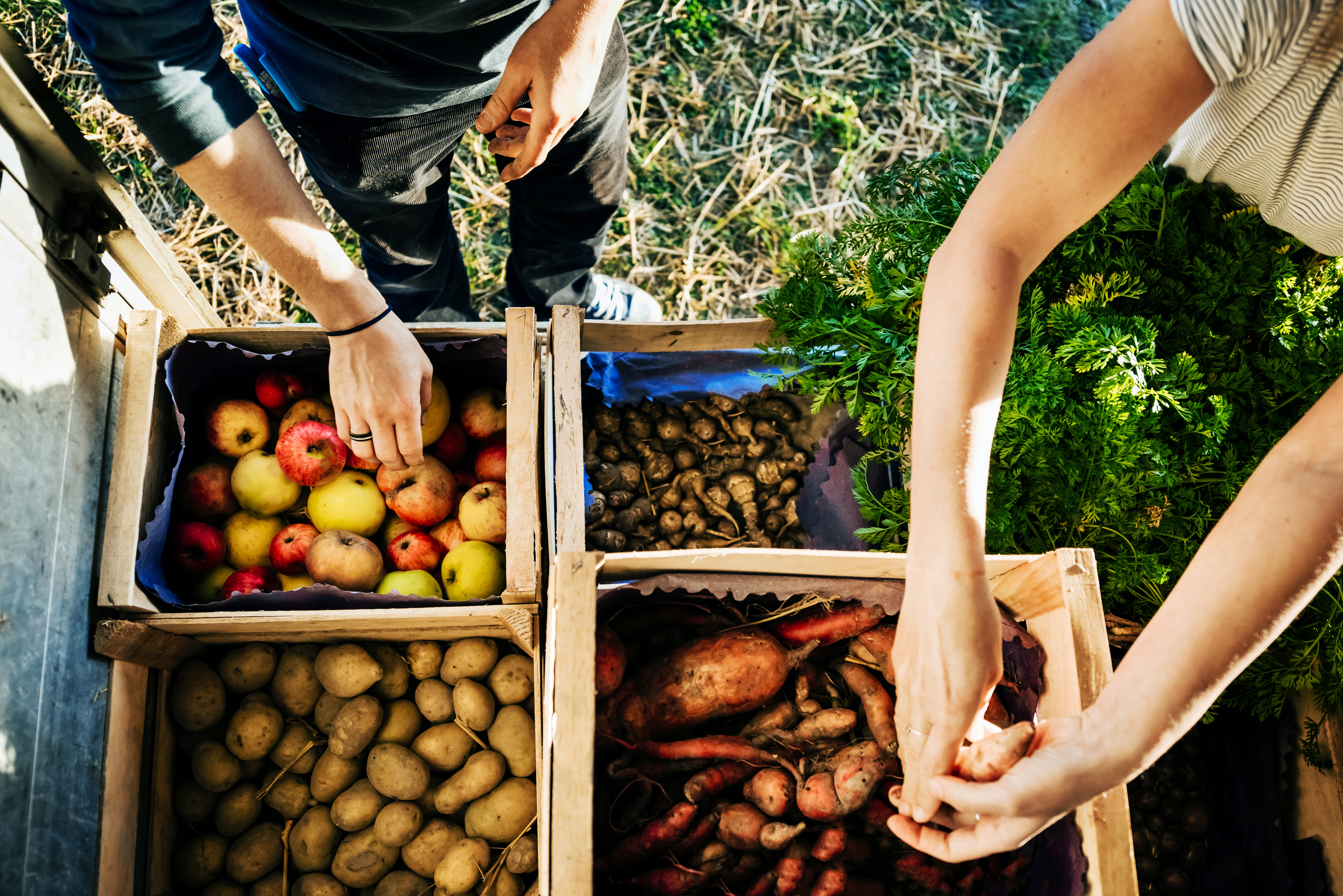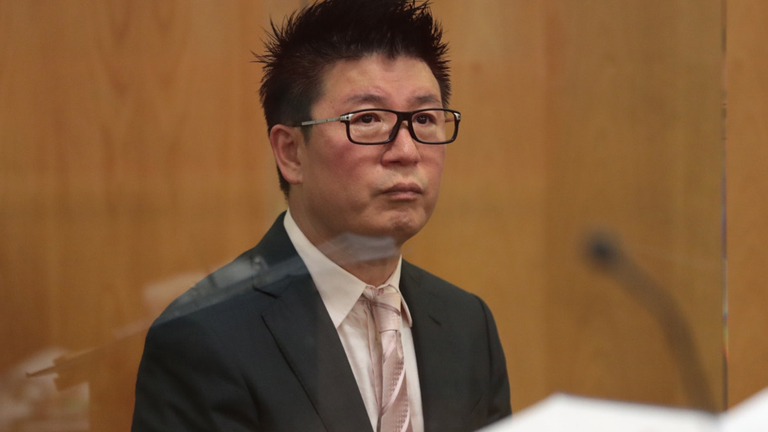Wine plus art, a heady mixture
Some Auckland vineyards offer more than food and wine - and visitors are responding.


As we walked along the sculpture trail at Brick Bay Wines, we came across a new angel.
It’s a kinetic sculpture, by Phil Price, fascinating as the merest puff of wind activated the moving parts into a kind of hypnotic dance.
The angel wings or blades or propellers (depending on who is looking at them) draw the eye as they twist and turn, almost as if about to take flight. It is nearly a perpetual motion machine; its marriage with the wind often seems to take the form of a caress.
Our visitors from Melbourne loved it – one said the vineyard and surrounds felt much like that city’s renowned Mornington Peninsula with Brick Bay’s location between Snell’s Beach and Sandspit, just north of Auckland.
Price’s work could also be a bit of a metaphor for the ever-changing, always interesting Auckland wine scene – now a mature and world-class attraction in its own right with the Waiheke and West Auckland wine regions (and many well-known brands) internationally recognised.
Matakana, with 16 vineyards, is the latest region to draw visitors with the blend of food and wine and now another element has been added to the menu – art – as seen by Brick Bay’s food-wine-art menu and a similar undertaking at Sculptureum, a neighbouring vineyard, restaurant and sculpture trail at nearby Matakana.
Art as a tourist attraction is a proven asset (just ask Hobart or Bilbao) and the Matakana region and township already has a reputation for the arts, wine, food and its farmers market which attracts Aucklanders in their droves.
A sculpture trail, however, is that little bit different and, apart from Price’s New Angel, there are dozens of interesting works, ideal for working up to, or walking off, Brick Bay’s lunch around the native bush trail.
There’s a full range of Brick Bay wines available in their Glass House restaurant which overlooks the big pond – in which, when we were there, could be found more sculptures and a very happy black Labrador enjoying the water.

Brick Bay. Photo /Supplied
Brick Bay. Photo /Supplied
As for the food, the hoisin and black vinegar slow-braised beefcheeks (with ginger chilli kumara, coriander mayo, pickles and panko-crumbed chèvre) were in danger of melting even before they got to our mouths and the crispy sesame squid was also notable.
But it’s the wine – we liked the gutsy Pharos red, an interesting blend of Petit Verdot, Malbec, Cabernet Franc and Merlot – and the sculpture trail that make this a compelling visit.
Anyone who does not stand, rooted to the spot, when they hear Olivia Webb’s haunting “sound sculpture” is either hard of hearing or hard-hearted. Delivered through a network of what seems like dozens of speakers, the music captures the song of the forest, perhaps paying tribute to lost bird song, maybe a homage to what our forests were like before humans.
Sculptureum is bigger, with more than 150 artists and 400 works on display in the crafted gardens and it has more emphasis on entertainment and humour. It takes about two and a half hours to see everything, including maybe a stop or two for contemplation,
Founder Anthony Grant said, when Sculptureum was launched last year, that it was like “Disneyland for art...I find people are usually disillusioned by what they find in conventional art galleries. I hardly see people smile or say anything when they go through them, they just look and move on.
"To me that is sad, because there is so much interesting art around that people should see and feel ecstatic about."

Sculptureum. Photo / Supplied.
Sculptureum. Photo / Supplied.
Again, the food and their own wine – served in Sculptureum’s restaurant Rothko – is an attraction in its own right with provenance dishes like fresh fish caught at nearby Leigh and “next door’s” courgette flowers, served with scallops and pork cheeks. We also tried Sculptureum’s own Chagall chardonnay, a great match.
But while Matakana is carving a reputation for itself as an arts-wine-food mecca, other Auckland wine regions have their own siren call.
Waiheke, Auckland’s “holiday island” has an international reputation and over 20 wineries, most of whom offer food or restaurants as well, including long-established and high-reputation vineyards like Stonyridge, Te Motu, Mudbrick, Cable Bay, Passage Rock, Peacock Sky, Man O’ War and Poderi Crisci.
Perhaps the best way to experience the wines of Waiheke is to take one of the many tours available which take you to a good mixture of vineyards and wine styles.
Tours are also available to where it all began – West Auckland, with its rich influx of Croatian winemakers who lit the fuse to Auckland’s (and New Zealand’s) wine explosion.
But, if you can put together a car and a sober driver, self-drive is another good way to see this scenic area and sample the wines and food available in this region – everything from Kumeu River (their chardonnay has been internationally acclaimed for years), to Soljan’s, The Hunting Lodge, Coopers Creek and West Brook.
Auckland, these days, has grown into a well-defined and yet disparate wine region – whether it’s wine on an island or wine out west or wine viewed through the lens of art, it is significantly different from anywhere else.
A new angel, you might say.
Discover the flavours of Auckland at www.aucklandnz.com/flavours





